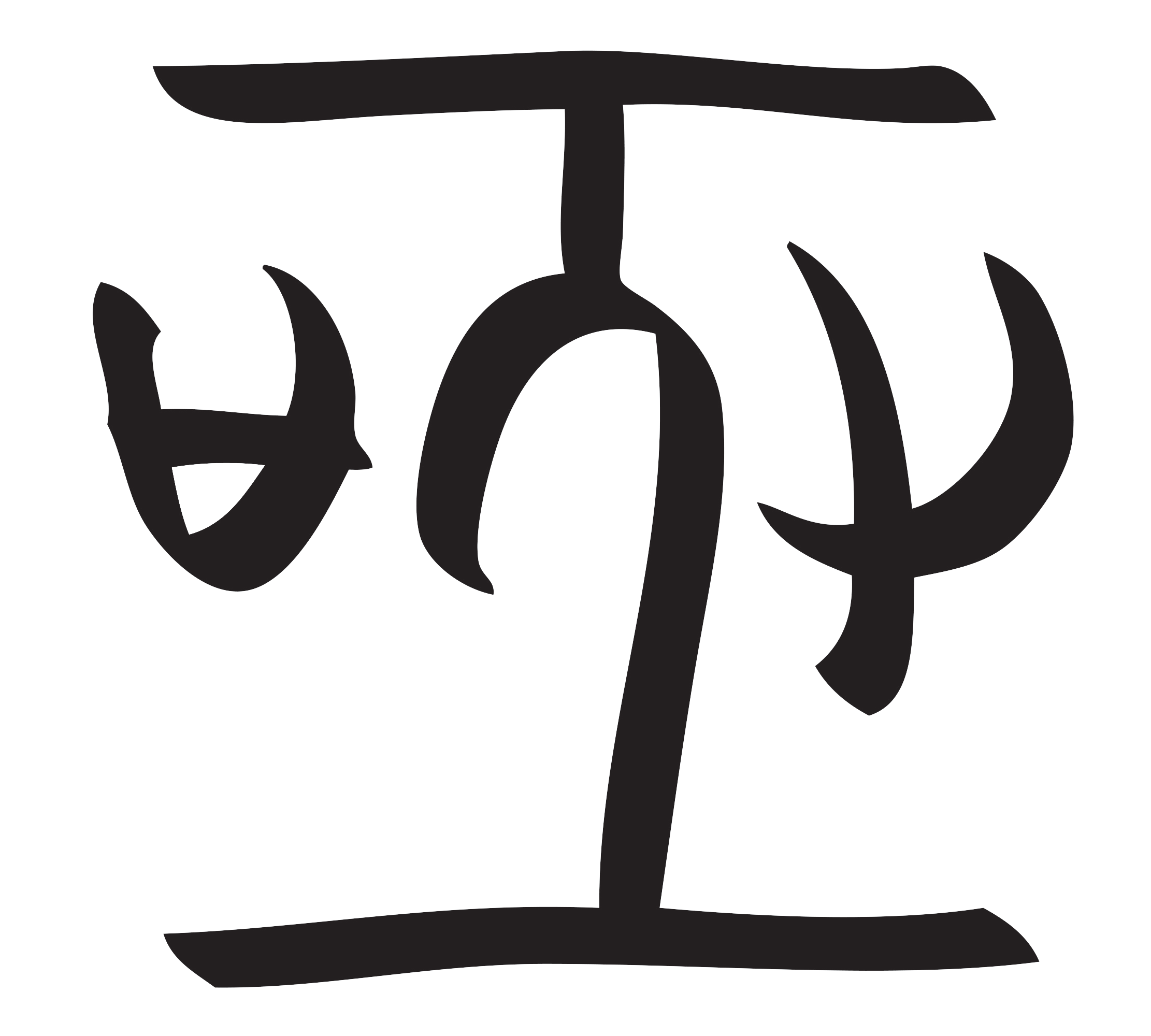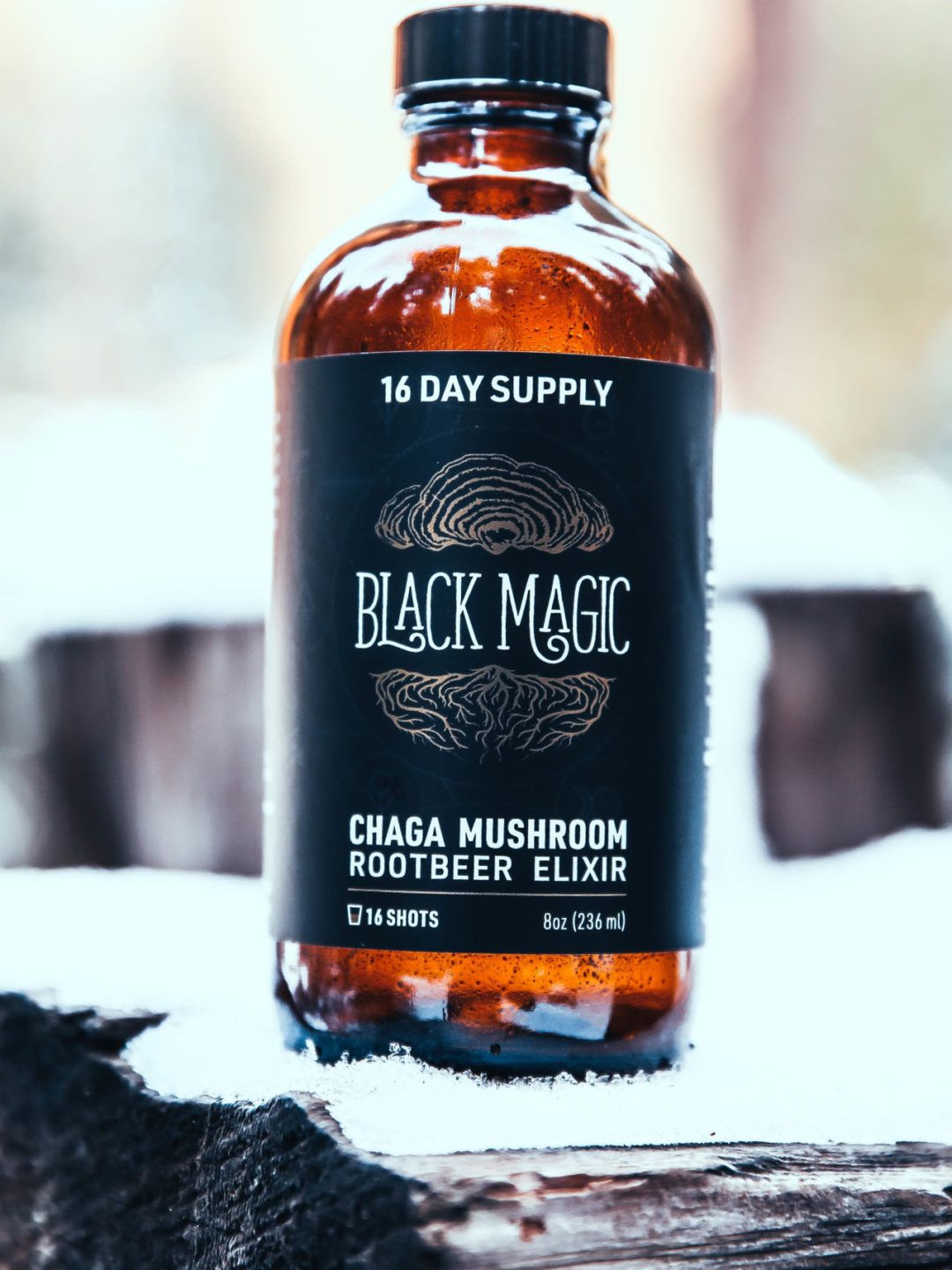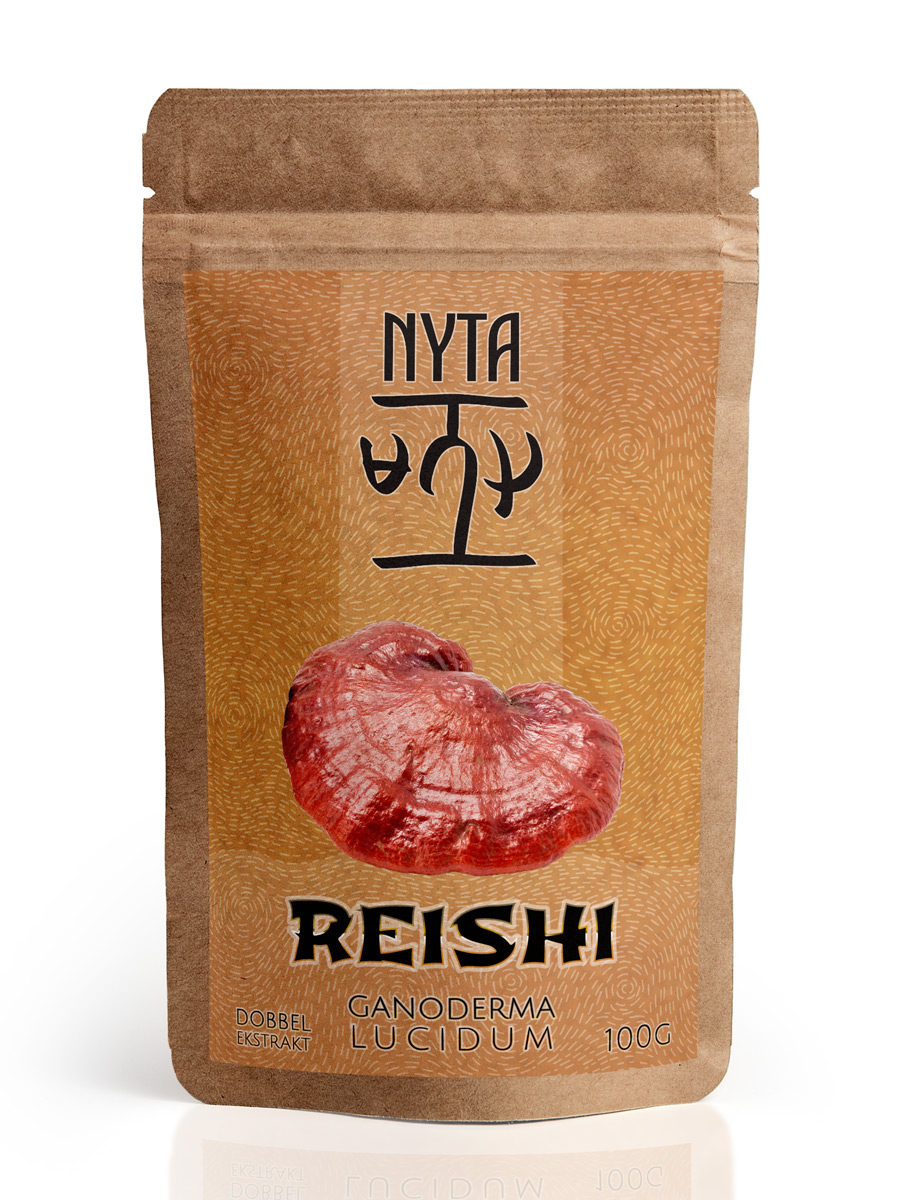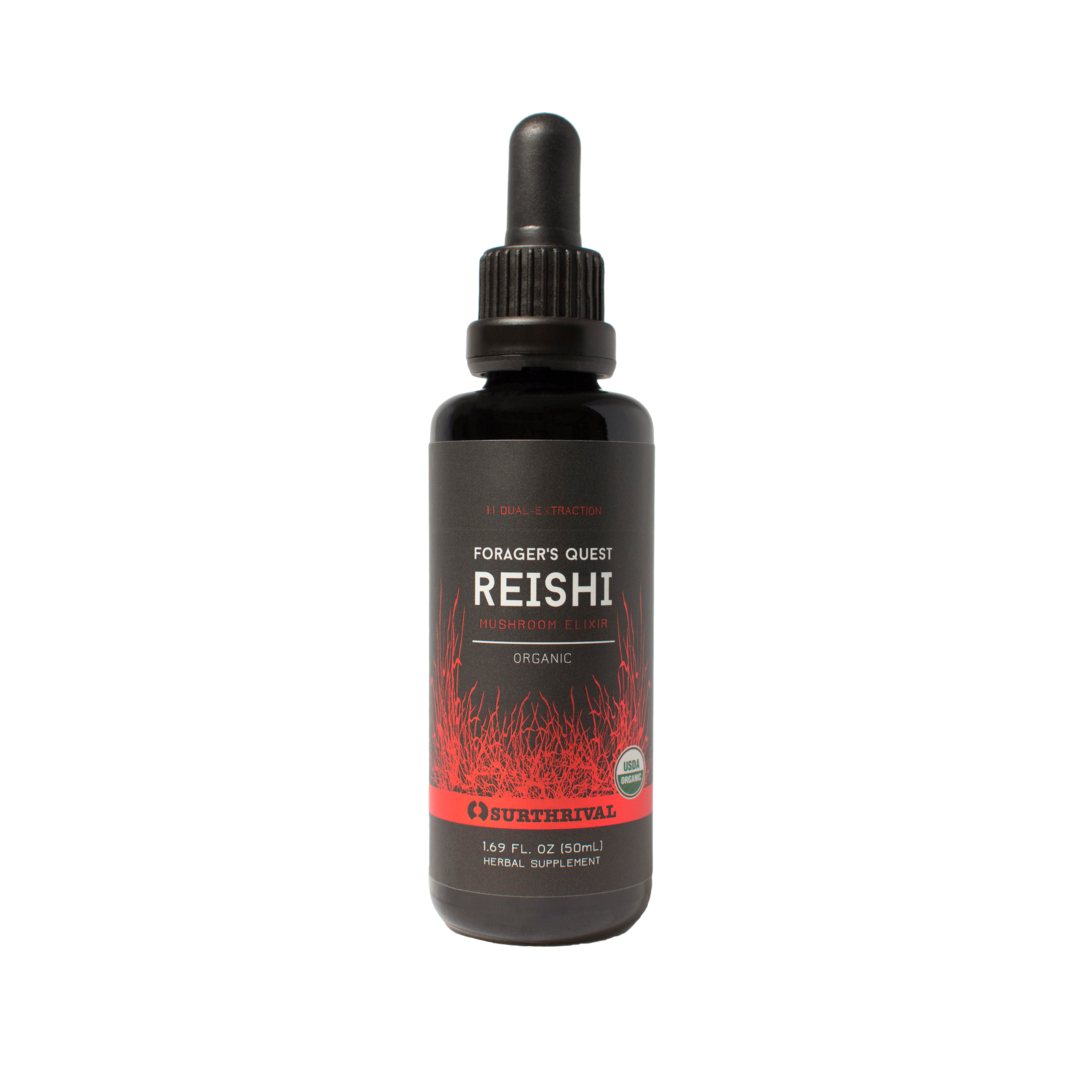Nyta Maitake Ekstrakt
Grifola Fondrosa

Maitake er priset i Japan for sine humørløftende og blodsukkerstabiliserende egenskaper.Navnet Maitake betyr «dansende sopp» på japansk Prøv den og se om også du vil danse av glede!
- Imunnstyrkende
- Gledesspreder
- Blodsukkerstabiliserende
- Cellebeskyttende
100g Maitake dobbeltekstrakt standardisert til 30% betaglukaner
kr 399
Description
Maitake (Grifola frondosa) is a widespread edible and delicious fungus of the Northern Hemisphere, which is known around the world by many names. In English, it is called hen of the woods (distinct from chicken of the woods, another edible fungus). The Chinese name translates to “grey tree flower” which is a perfect descriptor. The polypore grows in elegant clusters like a rosette, at the base of dead/dying hardwoods (including oaks, elms, maples, chestnuts, etc.), often perennially [1].
Most telling of its names though, is Maitake, the Japanese name, which translates literally as “dancing mushroom”. It is named thus for the celebration that would traditionally ensue upon finding a specimen, for Maitake were once worth their weight in silver! It seems the powerful medicinal effects of this fungus have long been treasured. Traditional use in Asia is documented as far back as the Han Dynasty (206-210 CE), in the Shen Nong Ben Cao Jing (Divine Farmer’s Classic of Materia Medica). It was utilised to boost Qi, calm the mind and nerves, and improve the health of the spleen, stomach, liver and lungs [1].

Yeah
Medicinal Application
Maitake contains a broad range of chemical constituents with potential clinical value including coumarins, terpene lactones, flavonoids, organic acids, alkaloids, steroids, and triterpenes. However, most studies are only focused on the polysaccharide components of Maitake. Hopefully, future research will reveal more about the beneficial effects of this mushroom’s complex chemistry, just like we have with Lion’s Mane, Reishi and to a lesser extract Cordyceps! [1]
Maitake does produce a remarkably complex array of pure and protein bound polysaccharides, predominately composed of glucose, but also galactose, mannose, fucose, trehalose and ribose. [1]. Some these are unique to Maitake [2].
In 1955 Japanese researchers identified Grifola frondosa polysaccharide (GFP) or the D-fraction (as it is commonly referred to) as the main biologically active constituent, found in both fruiting bodies and mycelia. The D-fraction is a protein-bound polysaccharide, consisting of a few types of β-glucans (the technical names and structures of these β-glucans can be a bit confusing, so I’ve deliberately kept it simple) [3,4]. To date there are at least 47 bioactive polysaccharides discovered in Maitake. Various techniques are utilised to separate out and purify other active polysaccharide fractions for medicinal use and ongoing research, such as MD-fraction, MZ-fraction, SX-fraction and Grifolans.
Research highlights the significant potential for Maitake to offer immunological support against cancer. Much of this research, including clinical trials, is not in English, but a review of the extensive Chinese literature indicates Maitake’s polysaccharides may have superior anti-tumor activity compared to Reishi, Shiitake and Turkey Tail [4].
GFP improves various respects of innate and adaptive immunity. GFP does not directly kill tumor cells, but rather boosts the body’s immune system and relies on it to inhibit tumor growth, prevent metastasis, and protect normal cells from becoming cancerous. Maitake also reduces the side effects of conventional cancer therapy, as well as improves their anticancer activity.
A non-randomised trial explored the effects of GFP in 165 advanced cancer patients, either alone or in conjunction with chemotherapy [5]. Tumor regression or significant symptom improvements were observed in a high proportion of patients with breast cancer (11/15), lung cancer (12/18), and liver cancer (7/15) particularly. Combination with chemotherapy raised response rate by 12 to 28%, and ameliorated chemotherapy-related adverse events in 90% of patients! Pain was reduced in 83% of patients, and all reported improvements in symptoms, with or without tumor regression apparent. GFP was approved as an adjunctive therapeutic drug in China for treating cancers in 2010 [4].
There is a case study of an 87-year-old male with invasive bladder cancer who took a GFP (dose unclear, taken according to product directions) and 2 g of vitamin C daily. Now this patient’s results may have been no different without the Maitake but it is interesting to note that after two years follow-up, and despite a high recurrence risk for this cancer type within that time frame, there was no evidence of disease progression, nor recurrence of invasive cancer [6]. Ten years prior to this, Chinese researchers followed 313 bladder cancer patients for 2 to 15 years, and found a related but lesser-known medicinal mushroom of the same genus, Grifola umbellata, as a prophylactic, reduces the recurrence of bladder cancer [7].

The mechanistic research is enthusiastically exploring this, and we have evidence coming together demonstrating broad immunomodulatory activity [2,4,8,9]. Some of these effects have been examined in humans. Post-menopausal breast cancer survivors (disease-free after initial treatment) took a Maitake liquid extract at various doses ranging from 0.1 to 5.0 mg/kg, twice daily. Immunological function improved more as the dose of Maitake increased, their association reaching statistical significance [9]. Others measured statistically relevant improvements in neutrophil and monocyte function in people with myelodysplastic syndromes (cancers of immature blood cells). These people received about the mid-point from the dose ranging study just mentioned, taking 3 mg/kg of Maitake extract, twice daily [10].
The immune modulatory activity of Maitake has value beyond cancer, however. A rat study sees Maitake mediate a type 1 allergic response [11]. Maitake dampens the inflammatory action of macrophages (tissue-specific immune cells with key roles in determining inflammation) [12] and has a good capacity to improve our endogenous antioxidant status [1,13]. Together these things suggest a potential to protect the functional integrity of various organs. Maitake reduced memory impairment and preserved healthy brain cells and structure in aged rats, associated with this antioxidant action [13]. It is both gastroprotective and hepatoprotective [4]. Maitake reduces damage incurred by irradiation [4] and behaves as a metal chelator thanks to its unique polysaccharide structure [14]. This is seen in rats with both ferrous iron [1] and mercury [15].
Antibacterial [1,4], antiviral [1,4], and antiparasite (Leishmania) [14] activities support our immunity and assist with maintaining the health of our microbiome. In rats we see potential for improving dysbiosis by modulating microbial populations [17,18,19,20]. This is associated with improved fat metabolism and suppression of fatty liver development [19,20], plus improved bile acid metabolism [18,19], a critical element involved in gut, liver and metabolic health.
The other major line of research currently for Maitake is for its apparent capacity to help manage blood sugar. There is only a small pilot study thus far exploring this, where seven adults with type 2 diabetes received a Maitake polysaccharide extract (SX-fraction) for two to four weeks. All experienced improved management of blood glucose, with individual reductions ranging from 30-63% [21]. Improved glycaemic control and lipid metabolism are mediated by a variety of mechanisms [14,22,23], offering promise as an anti-diabetic and anti-atherosclerotic agent [4,24]. Its cardioprotective mechanisms result in improved haemodynamics and blood pressure, as well as alleviating the damage caused by hypertension on the kidney and heart [4].

There is some hearsay about Maitake being a fertility agent for women. This may be related to its metabolic regulatory effects specifically. An initial, open trial of 80 reproductive-age women with polycystic ovary syndrome (PCOS) explored this concept. After 12 weeks (or three menstrual cycles) of taking the SX-fraction, ovulation rate was seen to improve, just not as dramatically as is seen with the gold standard medication it was being compared with [25]. Keeping in mind the role of blood sugar dysregulation in PCOS, it seems a logical choice, however I only recommend Maitake as a supporting element in a PCOS management as other herbs are more highly indicated, eg. White Peony and Licorice.
Safety, Quality and Dosing
Maitake has a strong safety profile, as a whole mushroom or a polysaccharide extract with no significant adverse effects or toxicity known [4,9].
I recommend 4-6 g of dry fruit body daily for a therapeutic effect (divided into to two doses per day, ideally). Primarily, I utilise Maitake as a key immunomodulator, as a cancer adjuvant and preventative agent, and for metabolic conditions where insulin resistance and dyslipidaemia are involved.
Maitake has good immunological synergy with Shiitake and Reishi (but probably with others too!) [26].
If you would like a more in-depth and clinically-focussed take on this excellent medicinal fungus, see my Maitake Monograph [COMING SOON!].

References
[1] He X, Wang X, Fang J, et al. Polysaccharides in Grifola frondosa mushroom and their health promoting properties: A review. Int J Biol Macromol. 2017 Aug;101:910-921.
[2] Seo YR, Patel DK, Shin WC, et al. Structural Elucidation and Immune-Enhancing Effects of Novel Polysaccharide from Grifola frondosa. Biomed Res Int. 2019 Apr 16;2019:7528609.
[3] Oliveira GK, da Silva EV, Ruthes AC, et al. Chemical structure of a partially 3-O-methylated mannofucogalactan from edible mushroom Grifola frondosa. Carbohydrate polymers. 2018 May 1;187:110-7.
[4] He Y, Li X, Hao C, et al. Grifola frondosa polysaccharide: a review of antitumor and other biological activity studies in China. Discov Med. 2018 Apr;25(138):159-176.
[5] Namba H. Maitake D-fraction: healing and preventive potential for cancer. Journal of Orthomolecular Medicine. 1997;12(1):43-9.
[6] Rajamahanty S, Louie B, O’Neill C, et al. Possible disease remission in patient with invasive bladder cancer with D-fraction regimen. International journal of general medicine. 2009;2:15.
[7] Yang D, Li S, Wang H, et al. Prevention of postoperative recurrence of bladder cancer: a clinical study [Article in Chinese]. Zhonghua Wai Ke Za Zhi. 1999 Aug;37(8):464-5.
[8] Meng M, Guo M , Feng C, et al. Water-soluble polysaccharides from Grifola Frondosa fruiting bodies protect against immunosuppression in cyclophosphamide-induced mice via JAK2/STAT3/SOCS signal transduction pathways. Food Funct. 2019 Aug 1;10(8):4998-5007.
[9] Deng G, Lin H, Seidman A, et al. A phase I/II trial of a polysaccharide extract from Grifola frondosa (Maitake mushroom) in breast cancer patients: immunological effects. J Cancer Res Clin Oncol. 2009 Sep;135(9):1215-21.
[10] Wesa KM, Cunningham-Rundles S, Klimek VM, et al. Maitake mushroom extract in myelodysplastic syndromes (MDS): a phase II study. Cancer Immunol Immunother. 2015 Feb;64(2):237-47.
[11] Kawai J, Mori K, Hirasawa N. Grifola frondosa extract and ergosterol reduce allergic reactions in an allergy mouse model by suppressing the degranulation of mast cells. Biosci Biotechnol Biochem. 2019 Dec;83(12):2280-2287.
[12] Su CH, Lu MK, Lu TJ, et al. A (1→6)-Branched (1→4)-β-d-Glucan from Grifola frondosa Inhibits Lipopolysaccharide-Induced Cytokine Production in RAW264.7 Macrophages by Binding to TLR2 Rather than Dectin-1 or CR3 Receptors. J Nat Prod. 2020 Feb 28;83(2):231-242.
[13] Chen Z, Tang Y, Liu A, et al. Oral administration of Grifola frondosa polysaccharides improves memory impairment in aged rats via antioxidant action. Mol Nutr Food Res. 2017 Nov;61(11).
[14] Guo WL, Chen M, Pan WL, et al. Hypoglycemic and hypolipidemic mechanism of organic chromium derived from chelation of Grifola frondosa polysaccharide-chromium (III) and its modulation of intestinal microflora in high fat-diet and STZ-induced diabetic mice. Int J Biol Macromol. 2020 Feb 15;145:1208-1218.
[15] Zhang W, Jiang X, Zhao S, et al. A polysaccharide-peptide with mercury clearance activity from dried fruiting bodies of maitake mushroom Grifola frondosa. Sci Rep. 2018 Dec 4;8(1):17630.
[16] Sultana SS, Ghosh J, Chakraborty S, et al. Selective in vitro inhibition of Leishmania donovani by a semi-purified fraction of wild mushroom Grifola frondosa. Exp Parasitol. 2018 Sep;192:73-84.
[17] Chen Y, Liu D, Wang D, et al. Hypoglycemic activity and gut microbiota regulation of a novel polysaccharide from Grifola frondosa in type 2 diabetic mice. Food Chem Toxicol. 2019 Apr;126:295-302.
[18] Pan Y, Wan X, Zeng F, et al. Regulatory effect of Grifola frondosa extract rich in polysaccharides and organic acids on glycolipid metabolism and gut microbiota in rats. Int J Biol Macromol. 2019 Nov 8. pii: S0141-8130(19)37563-4.
[19] Li L, Guo WL, Zhang W, et al. Grifola frondosa polysaccharides ameliorate lipid metabolic disorders and gut microbiota dysbiosis in high-fat diet fed rats. Food Funct. 2019 May 22;10(5):2560-2572.
[20] Li X, Zeng F, Huang Y, et al. The Positive Effects of Grifola frondosa Heteropolysaccharide on NAFLD and Regulation of the Gut Microbiota. Int J Mol Sci. 2019 Oct 24;20(21).
[21] Konno S, Tortorelis DG, Fullerton SA, et al. A possible hypoglycaemic effect of maitake mushroom on Type 2 diabetic patients. Diabet Med. 2001 Dec;18(12):1010.
[22] Guo WL, Deng JC, Pan YY, et al. Hypoglycemic and hypolipidemic activities of Grifola frondosa polysaccharides and their relationships with the modulation of intestinal microflora in diabetic mice induced by high-fat diet and streptozotocin. Int J Biol Macromol. 2019 Nov 20. pii: S0141-8130(19)33319-7.
[23] Aoki H, Hanayama M, Mori K, et al. Grifola frondosa (Maitake) extract activates PPARδ and improves glucose intolerance in high-fat diet-induced obese mice. Biosci Biotechnol Biochem. 2018 Sep;82(9):1550-1559
[24] Ding Y, Xiao C2, Wu Q, et al. The Mechanisms Underlying the Hypolipidaemic Effects of Grifola frondosa in the Liver of Rats. Front Microbiol. 2016 Aug 3;7:1186.
[25] Chen JT, Tominaga K, Sato Y, et al. Maitake mushroom (Grifola frondosa) extract induces ovulation in patients with polycystic ovary syndrome: a possible monotherapy and a combination therapy after failure with first-line clomiphene citrate. J Altern Complement Med. 2010 Dec;16(12):1295-9.
[26] Namba H. Maitake D-fraction: healing and preventive potential for cancer. Journal of Orthomolecular Medicine. 1997;12(1):43-9.
Medicinal Application
Maitake contains a broad range of chemical constituents with potential clinical value including coumarins, terpene lactones, flavonoids, organic acids, alkaloids, steroids, and triterpenes. However, most studies are only focused on the polysaccharide components of Maitake. Hopefully, future research will reveal more about the beneficial effects of this mushroom’s complex chemistry, just like we have with Lion’s Mane, Reishi and to a lesser extract Cordyceps! [1]
Maitake does produce a remarkably complex array of pure and protein bound polysaccharides, predominately composed of glucose, but also galactose, mannose, fucose, trehalose and ribose. [1]. Some these are unique to Maitake [2].
In 1955 Japanese researchers identified Grifola frondosa polysaccharide (GFP) or the D-fraction (as it is commonly referred to) as the main biologically active constituent, found in both fruiting bodies and mycelia. The D-fraction is a protein-bound polysaccharide, consisting of a few types of β-glucans (the technical names and structures of these β-glucans can be a bit confusing, so I’ve deliberately kept it simple) [3,4]. To date there are at least 47 bioactive polysaccharides discovered in Maitake. Various techniques are utilised to separate out and purify other active polysaccharide fractions for medicinal use and ongoing research, such as MD-fraction, MZ-fraction, SX-fraction and Grifolans.







Reviews
There are no reviews yet.